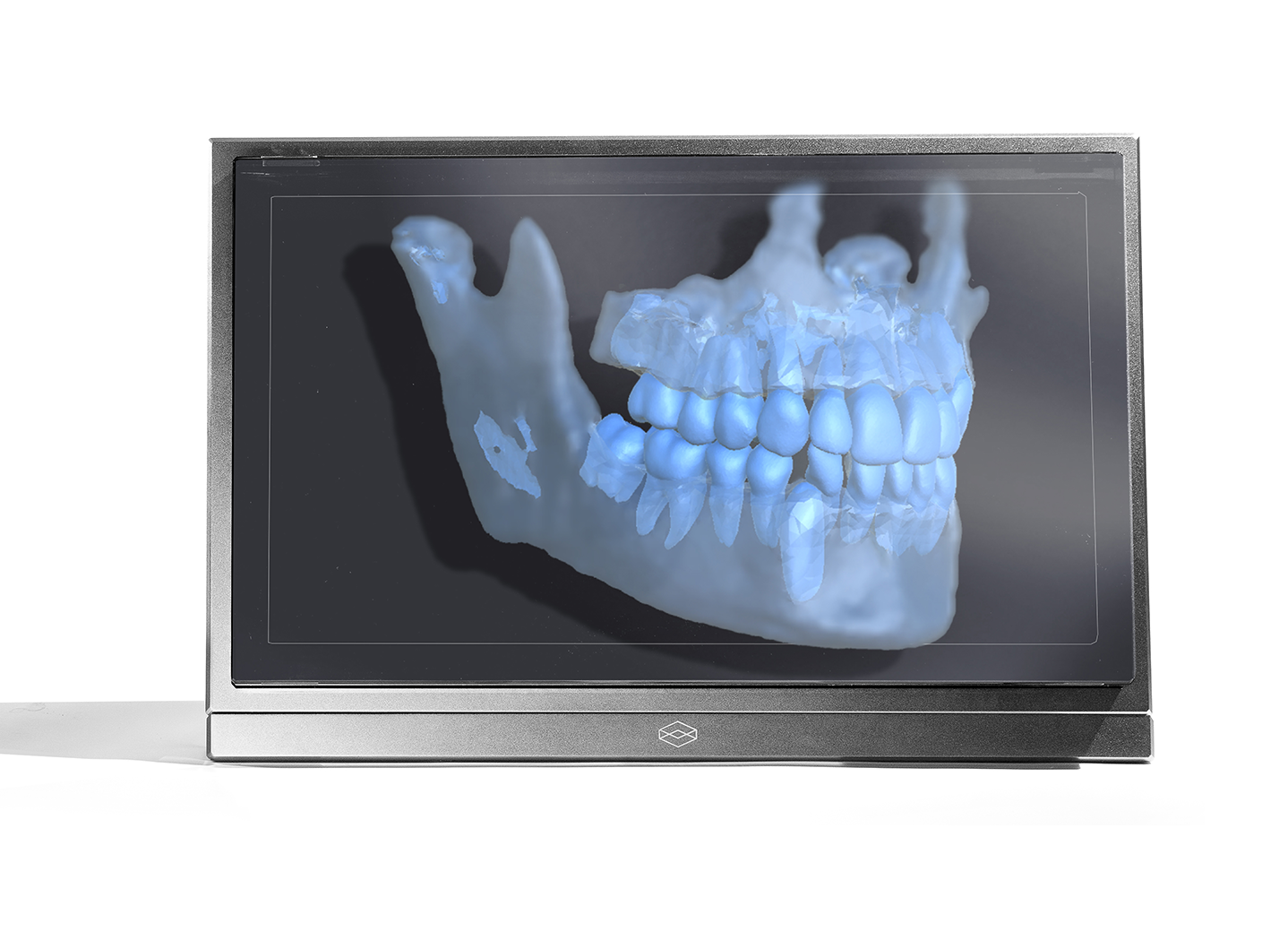
Looking Glass Announces 32-Inch 8K Holographic Display
June 2, 2020 by Dave Haynes
The Brooklyn-based tech startup Looking Glass has been showing its take on holographic displays for the last few years, but one of the key barriers to adoption was the size of the first units.
A couple of years ago, the company was showing off a 9-inch and and 16-inch version of a thick glass display that was basically LCDs combined with a series of filters/films fixed in a block of lucite.
There’s not that much to be done with smallish screens like that, but now the company has announced a 32-inch version that looks like a regular flat panel display and runs 8K 3D holographic content at 60 frames per second.
The tech description says the screen delivers “an unparalleled 33.2 million pixels via a patented 45-element light field display with over a billion-count color gamut at 60 Hz.”
From the website:
The Looking Glass is powered by our proprietary 45-element light field technology, generating 45 distinct and simultaneous perspectives of three-dimensional content of any sort.
This means multiple people around a Looking Glass are shown different perspectives of that three-dimensional content—whether that’s a 3D animation, DICOM medical imaging data, or a Unity project – in super-stereoscopic 3D, in the real world without any VR or AR headgear.
The display is touted as having a few use-cases, including retail digital signage and interactive for places like museums and attractions.
I have my doubts about widespread adoption for those because of cost and complexity – you are getting content designed and rendered in high-end, big dollar skillset applications like Unity and Unreal Engine.
That said, for a fixed presentation that can stay the same for a long time – like in a museum – I could see it.
The greater applications, however, may be in areas like medical imaging and research, as well as in business for engineering design and review, and looking at things like seismic imaging done for resource exploration.



This would also be great for medical teaching applications